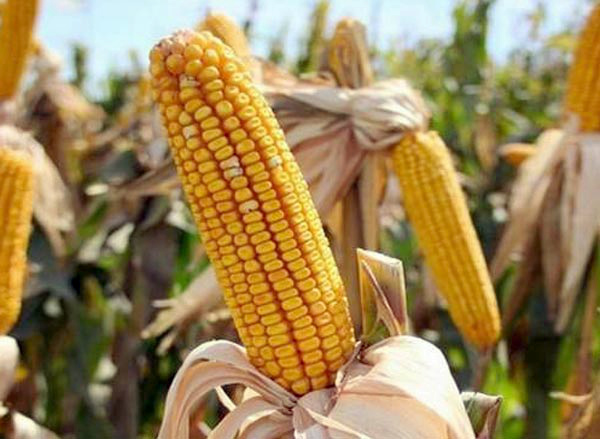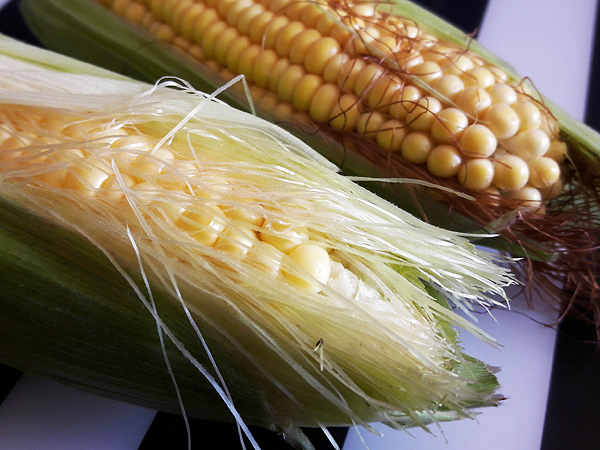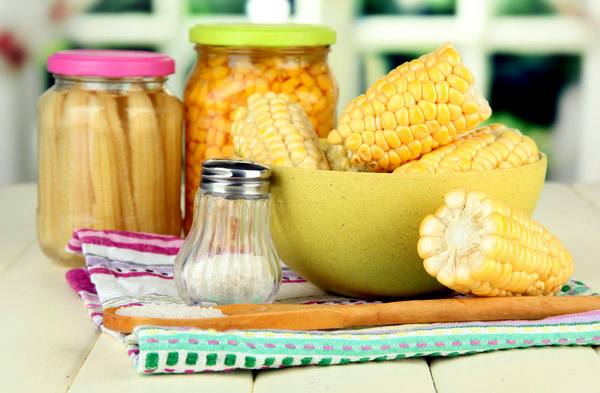How to distinguish feed corn from food corn
Where grows
Corn occupies a very important place in our diet: starch, oil, molasses, flour are made from grains. But most - two-thirds of the total harvest - goes to livestock feed. Various compound feeds are made from it on an industrial scale, stored in households throughout the winter, it becomes the basis of pet food. The culture is so popular that it is grown everywhere from the subtropics to Scandinavia.
Fodder corn is not capricious at all, it is very hardy, it is much more common because it does not have a prejudice against the nighttime drop in temperature. But the food service is afraid of cold weather, so it prefers more southern regions. For normal growth and maturation, she needs to keep the temperature around +27 degrees during the day and not drop below +14 at night.
Central and South America is considered the birthplace of corn - hence the preference for moisture and heat. But the breeders have done a tremendous job of breeding early-maturing, cold-resistant varieties and hybrids so that today, even in the northern regions, this grain crop can be grown. But this applies primarily to the feed varieties from which the compound feed is made.
Sweet food corn varieties are grown on light but nutritious loamy, sandy loam or sandy soils with good moisture. She needs warmth for the entire growing season, especially during ripening.
Appearance
Edible corn forms short, plump ears of light beige. And the stern looks much brighter, more beautiful - the ears are long, the grains are bright, yellow or orange. Therefore, a cursory inspection is enough to figure out what kind of corn is in front of you.
But if this is not enough, you need to try by touch - take a grain in your hands, press on it with your fingernail. If the grain has sprinkled with light juice, you can safely buy the cobs and cook at home for no longer than 30 minutes, some varieties - even only 10 minutes until cooked.
Forage varieties are much closer to their wild ancestor, form hard fleshy grains, covered with a hard shell. When pressed, the peel can be crumpled, under the pressure of the nail, even if a tough, strong skin bursts, the pulp will open, but the juice will not flow, and even less splash.
Taste qualities
If the market fails to distinguish edible corn by its appearance alone, then you can simply taste the grain. Food is much sweeter and tastier than its fodder sister, the consistency is softer and more watery (juicier). Nothing bad will happen if you eat raw grains, they do not contain harmful substances, they are simply much rougher than boiled ones, it will be more difficult for the stomach to process them.
The nutritional value of cooked food corn is 180 kcal per 100 g, it is very rich in protein. And 100 g of fodder boiled corn contains 120 kcal.
In general, any corn is very useful, it contains a huge amount of vitamins: vitamins A, PP, groups B, E.So, it will not be harmful to eat the one that goes to feed the cattle - the body will be enriched with microelements and dietary fiber. But the taste of food varieties is very different due to the presence of monosaccharides and disaccharides, it is they who make the grains so tasty and sweet.
Usage
Corn is a unique plant in terms of its breadth of use. Flour, cereals, molasses, starch are made from its fruits, used for the production of beer and alcohol. Do not forget that paper, viscose, insulating films, linoleum, even film is made from its stems, ears, cover leaves. Everyone knows that medicine uses corn silk to treat kidney stones, stimulate the liver, kidneys and gallbladder. In addition, corn is used to make feed for livestock.
Feed corn is perfectly stored in specially equipped premises, from where agricultural enterprises sell it for the production of oil or mixed feed to everyone.
Food varieties are not subject to long-term storage, they are grown specifically for culinary purposes and are processed very quickly.
Those who grow edible corn on their plots or buy from the market boil it for several days. You can save it only by freezing or canning.
If it suddenly occurs to someone to start up sweet corn for compound feed, then this can also be done immediately after harvesting. But this is unlikely, because its production is more expensive than fodder. We buy it for salads and side dishes all year round, take expensive cans home and enjoy its sweet delicate taste.
Video "How to choose corn"
In this video, you will learn how you can accurately distinguish tasty sugar cobs from feed cobs on the market.




